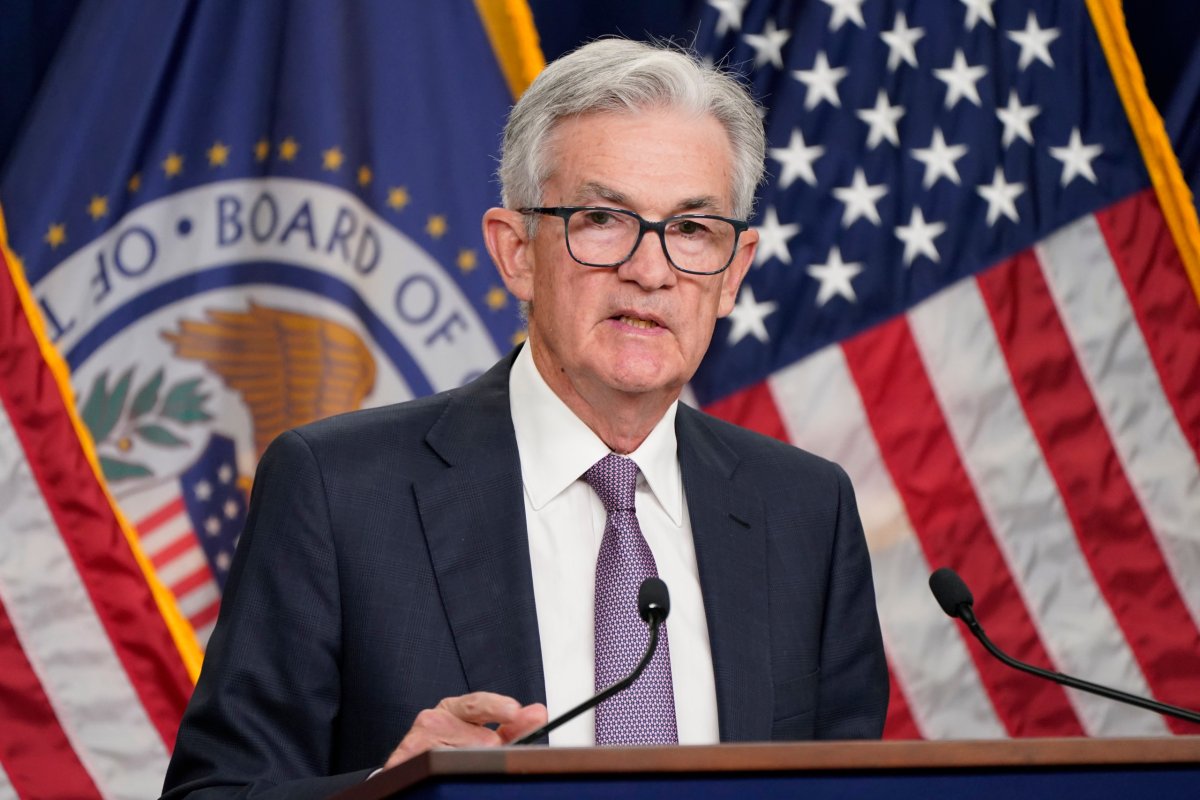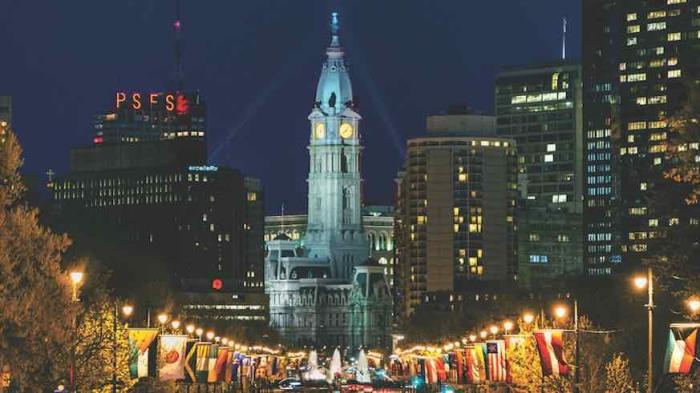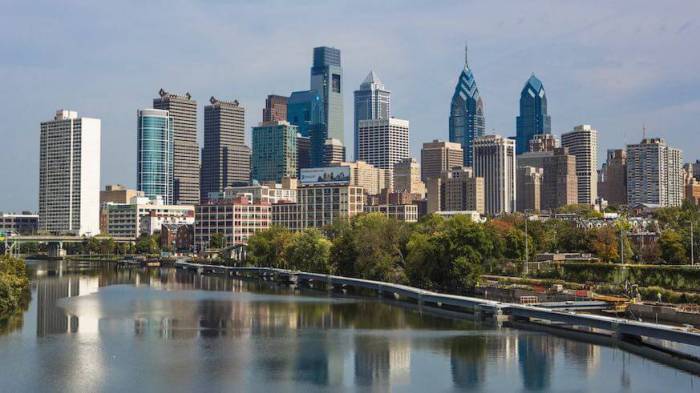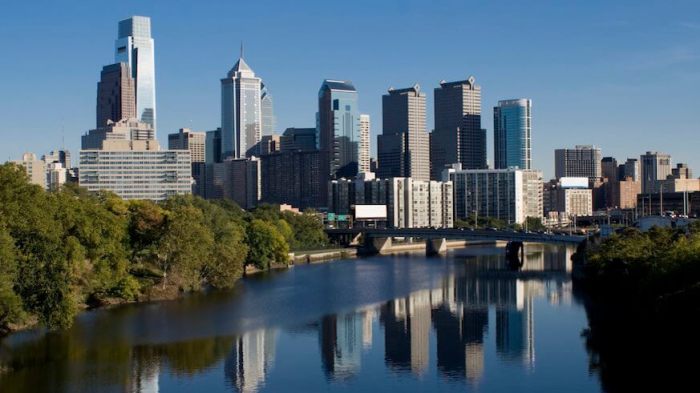By CHRISTOPHER RUGABER AP Economics Writer
WASHINGTON — The Federal Reserve pumped up its benchmark interest rate Wednesday by three-quarters of a point for a fourth straight time to fight high inflation but hinted that it could soon reduce the size of its rate hikes.
The Fed’s move raised its key short-term rate to a range of 3.75% to 4%, its highest level in 15 years. It was the central bank’s sixth rate hike this year — a streak that has made mortgages and other consumer and business loans increasingly expensive and heightened the risk of a recession.
In a statement after its latest policy meeting, the Fed suggested that it might soon shift to a more deliberate pace of rate increases. It said that in coming months it would consider the cumulative impact of its large rate hikes on the economy. It noted that its rate hikes take time to fully affect growth and inflation.
Those words indicated that the Fed’s policymakers may think that borrowing costs are getting high enough to slow the economy and potentially reduce inflation. If so, that would suggest that they might not need to raise rates as quickly as they have been doing.
For now, though, the persistence of inflated prices and higher borrowing costs keeps pressuring American households and has undercut the ability of Democrats to campaign on the health of the job market as they try to keep control of Congress. Republican candidates have hammered Democrats on the punishing impact of inflation in the run-up to the midterm elections that will end Tuesday.
Speaking at a news conference, Chair Jerome Powell avoided sending any clear signal of whether the Fed’s next expected rate hike in December might be only a half-point rather than three-quarters. He emphasized that the Fed would keep raising rates in the coming months, possibly to a higher level than it had forecast in September.
“We still have some ways to go,” Powell said. “And incoming data since our last meeting suggests” that the policymakers might have to raise rates higher than they previously thought.
The Fed chair pointedly stressed that it would be “very premature” to think about halting the rate hikes to allow time to see how well they are working. Inflation pressures, he said, remain far too high.
“Chair Powell stuck to this two-pronged message: We’re not done yet, due to high inflation and a strong commitment to bring it down,” Sal Guatieri, senior economist at BMO Capital Markets Economics, wrote in a note. “But we may not need to keep cranking rates aggressively, due to an economy that has slowed significantly from last year and long-term inflation expectations that are still ‘well anchored.’ ”
Stock and bond prices, which had risen immediately after the Fed issued its policy statement, fell into negative territory after Powell made clear at his news conference that the central bank remained committed to steadily tightening credit to a level that will weaken the economy.
Typically, the Fed raises rates in quarter-point increments. But after having miscalculated in downplaying inflation last year as likely transitory, Powell has led the Fed to raise rates aggressively to try to slow borrowing and spending and ease price pressures.
Wednesday’s rate increase coincided with growing concerns that the Fed may tighten credit so much as to derail the economy. The government has reported that the economy grew last quarter, and employers are still hiring at a solid pace. But the housing market has cratered, and consumers are barely increasing their spending.
The average rate on a 30-year fixed mortgage, just 3.14% a year ago, surpassed 7% last week, mortgage buyer Freddie Mac reported. Sales of existing homes have dropped for eight straight months.

































